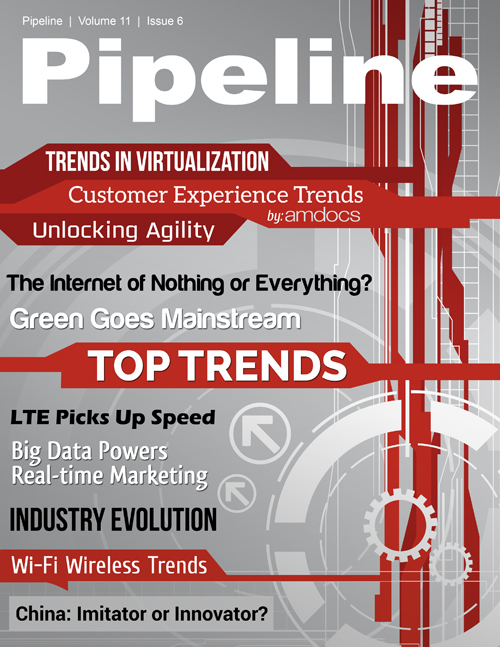Trends in Virtualization
People
Since virtualization is a technology initiative, we don’t have to worry about the people element right? Wrong! Virtualization of network, data center, and service elements is a relatively small piece of a much larger business change. Virtualization enables a retail business model but as a retailer, a service provider must offer a variety of products with features, functions, and pricing that are regularly adjusted and closely monitored. Service provider employees aren’t seeing the business that way yet.
Those individuals closest to the customer – contact center, field staff, technicians, retail sales staff – must understand and embrace the transition from connection provider to retailer. If they don’t have access to the most accurate information available at the right time, customers will flee and won’t care that the problem is signaling proxies or routing agents. Beyond access, those individuals must also understand what the data means which requires that the OSS/BSS supporting them provide customer-specific answers and explanations not just links to data from other resources and additional applications that must be synthesized and correlated as the customer impatiently waits.
The OSS/BSS solutions and technology that integrate virtualization into daily operations must also possess the intelligence required to help the people helping the customer to the point of being capable enough to enable a wide range of self-care capabilities. To enable service provider employees to behave like the customer-facing staff at the best retailers will take training and a lot of process improvement.
One of the core tenets of virtualization is automation. To make widespread virtualization work in an operational environment, many of the processes that are currently some combination of OSS/BSS and manual tasks must be entirely automated. Data driven architectures enable seamless execution of business processes and many operators are transitioning to strategies that go beyond business process and workflow management to centralized, data-driven orchestration.
In an NFV environment, operational workflow becomes much more complex and is no longer a discreet, first Step A then Step B process; but a more dynamic policy-driven environment that requires calculation, analysis and then automated action. Tracking the millions of packages handled by UPS on any given day requires a fully-automated provisioning process that is instantly initiated when the bar code is generated. Orchestration that is executed based on policies and analysis of data as it is generated, collected, processed, and correlated across the business and then used to seamlessly drive the OSS/BSS platforms requires clear process definition.
Service providers and network operators implementing virtualization would do well to start defining processes at the beginning. Over time the processes being executed by service providers have been adjusted and modified by business and technology forces into something unrecognizable. Defining business processes based on the core elements of the business – serve the customer, create revenue, and reduce costs – enables everyone to focus on the bigger picture.
There are three operational areas that every business must manage – their customers, their products, and themselves. From the highest levels of the business, for each operational area, ask the question: “What do we need to do?” At some point, the processes become so extensive and complex that they must be broken down into manageable areas of responsibility to enable implementation, but those divisions will then be based on a clear process.




















